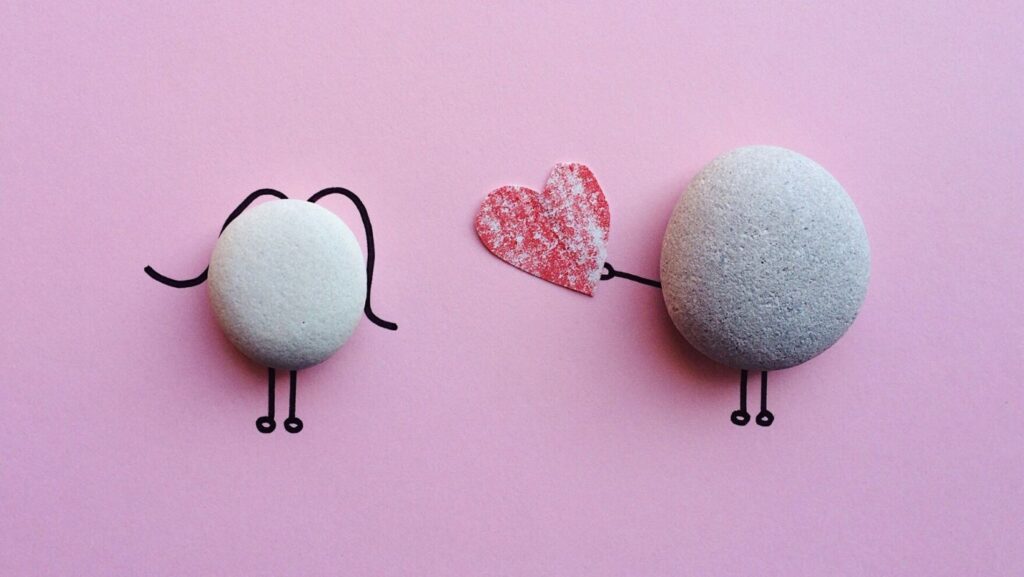Love:jl920hyco2q= Art

Love art transcends the simple portrayal of romantic themes; it’s a universal language that captures the essence of human connection and emotion. From the tender strokes of Renaissance paintings to the bold expressions of contemporary pieces, love art reflects the myriad ways artists interpret and convey affection, passion, and intimacy. Each piece tells a story, inviting viewers to explore the depths of emotion and the complexities of relationships.
In galleries worldwide, love art captivates audiences, drawing them into a world where emotion takes center stage. Artists use color, form, and texture to evoke feelings that resonate on a personal level, making each encounter with love art a unique experience. Whether it’s a sculpture that captures a fleeting moment of tenderness or a painting that depicts an eternal bond, love art continues to inspire and connect people across cultures and generations.
Exploring Love Art

Love art encompasses diverse forms, seen in paintings, sculptures, installations, and digital media. Artists depict love in myriad ways, capturing both the joy and complexity of the emotion. Renaissance paintings often present love as idealized, such as in Sandro Botticelli’s “The Birth of Venus.” In contrast, modern artworks may explore love’s multifaceted nature, like Yayoi Kusama’s installations reflecting both obsession and affection.
Symbols in love art amplify emotional expression. Hearts, known universally, signify romantic affection. entwined figures often represent unity, like Gustav Klimt’s “The Kiss.” Other symbols, such as flowers, suggest varied meanings; red roses convey passion, while lilies denote purity.
Cultural influences shape love art’s depiction. In Japanese ukiyo-e, romantic themes blend with nature, emphasizing transient beauty. Indian Mughal paintings illustrate courtly love with elaborate details and vibrant colors. These cultural elements enrich love art, offering viewers insights into diverse perspectives on love.
Viewers engaging with love art experience personal reflections. Imagery may evoke memories, aspirations, or introspection. The emotional resonance in love art provides a bridge between the artist’s intention and the viewer’s interpretation, creating a shared space for connection and understanding.
Historical Perspective On Love Art
Love art has deep historical roots, reflecting diverse cultures and societies’ perspectives on affection and connection. Each era presents unique interpretations, revealing evolving societal norms and artistic techniques.
Ancient Depictions Of Love
Ancient civilizations depicted love through intricate art forms. In Egypt, artworks like frescoes and sculptures often showed romantic relationships between deities and royalty, emphasizing eternal love and partnership. Greek art explored love’s complexity through mythology, as evident in pottery scenes featuring gods like Eros. These ancient representations highlight the revered status of love across different societies.
Renaissance Love Art
During the Renaissance, love art blossomed, capturing idealized beauty and romantic ideals. Artists like Leonardo da Vinci and Raphael infused emotion into their works, epitomized by Da Vinci’s “Mona Lisa,” which exudes enigmatic charm. Renaissance artists focused on humanism, celebrating love as a central theme in life’s narrative. This period’s art intricately wove classical mythology and Christian themes, contributing to its rich portrayal of love.
Famous Love Artworks And Artists
Love has long been a muse for some of the most captivating art pieces throughout history. Notable works and artists immortalize themes of passion and connection.

Several masterpieces depict the essence of love. “The Kiss” by Gustav Klimt, painted in 1907-1908, is a prime example. This golden-hued masterpiece symbolizes intimacy and enveloping passion through its embrace. Auguste Rodin’s sculpture “The Kiss” embodies physical affection with lifelike detail, capturing lovers in a tender moment. An earlier work, “Federico da Montefeltro and Battista Sforza” by Piero della Francesca, portrays a deep connection between a husband and wife, emphasizing marital bond.
Artists have consistently explored love’s myriad forms. Marc Chagall created dreamlike compositions that often included lovers, intertwining fantasy with emotion. Frida Kahlo addressed love and pain in her self-portraits, reflecting personal relationships. Robert Indiana, a pop art figure, crafted the iconic “LOVE” sculpture, reducing the theme to its simplest, yet profound, form. These artists, among others, offer diverse interpretations of love through distinct styles and personal narratives.

